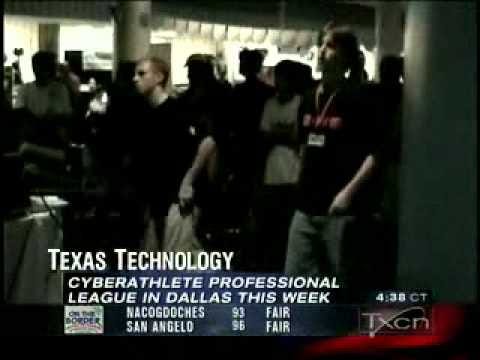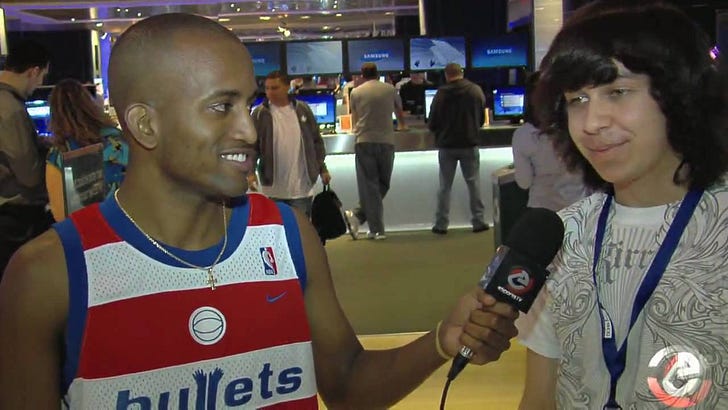This post is part of a longform project I’m serializing exclusively in my newsletter, Disruptor. It’s a follow-up to my first book, Masters of Doom: How Two Guys Built an Empire and Transformed Pop Culture, and it’s called Masters of Disruption: How the Gamer Generation Built the Future. You can find the table of contents, as it unfolds, here. To follow along, please subscribe below. Thanks!
This article by me originally appeared as “Game Jocks” in Feed, April 18, 2000.
Last weekend, nearly 1000 elite Quake III gamers from San Diego to Stockholm descended into a subterranean convention hall in the Dallas Hyatt to compete for $100,000 in cash and prizes. The occasion was the latest tourney within the Cyberathlete Professional League, a kind of NFL for computer gamers. In all, it was a genuine display of solidarity following the most controversial year in the short history of first person shooters.
Gamers schlepped their own computers, slept on pizza box pillows, and only approached violence while belly-flopping each other in inflatable Sumo wrestler novelty suits. Contrary to the post-Littleton punditry, gamers aren’t borderline snipers, all they’re asking for is a little respect.
Respect has been hard to come by since modified copies of Doom, the most renown shooter, were allegedly found on the Columbine High killers’ hard drives. Senator Joseph Lieberman, who attacked Mortal Kombat on Capitol Hill in the early 90’s, rekindled his crusade last year. His "21st Century Media Responsibility Act” would standardize ratings in software and movie industries so that parents can better protect their kids from what former ex-Army man and anti-gaming pitbull, Dave Grossman, calls “murder simulators.” Retailers who sell violent games to kids would face $10,000 in fines.
But the sociopolitical backlash might be receding. In a strikingly under-reported bit of news last week, a federal judge dismissed the $33 million lawsuit filed against a group of entertainment and computer game companies (including Doom and Quake’s creator, id Software) by the families of three girls killed in the Heath High School shootings in Paducah, Kentucky in December, 1997. The suit asserted that teen gunman Michael Carneal was copying games like Doom when he went on his rampage. Grossman, an expert witness for the prosecution, insisted that Carneal was able to fire head shots at a long distance because of the skills he learned in games like Doom and Quake.
One tour around the basement of the CPL contest would certainly prove otherwise (assuming no one’s invented a real gun that can be fired with a keyboard and mouse). Many of the players could barely lift an actual rifle, let alone know how to fire one. The hardcore gamers, in fact, don’t even play with the full-on blood and gore on screen. Instead, they purposefully blur their monitors display to maneuver through the game without the distraction of splattering limbs.
In effect, they’ve been employing a similar survival technique in their offline lives: turning down the volume whenever they hear the outcry against their games. When asked about judge’s Paducah verdict, gamers at the CPL tourney responded with little more than a roll of their bloodshot eyes. “This isn’t about violence,” said a beefy gamer named Assmaster, “it’s about competition.”
Such is the anticlimax of shooter’s recent Reefer Madness: Doom, Quake, and their progeny aren’t murder simulators, they’re paintball without the welts. It’s unlikely, though, that the Paducah verdict will have drive this point to mom and dad. Instead, it’ll take higher stakes, higher profile events like the CPL (with its burgeoning Gateway sponsorships) to turn the world on to what are essentially extreme digital sports. Let the ESPN simulcast begin.












